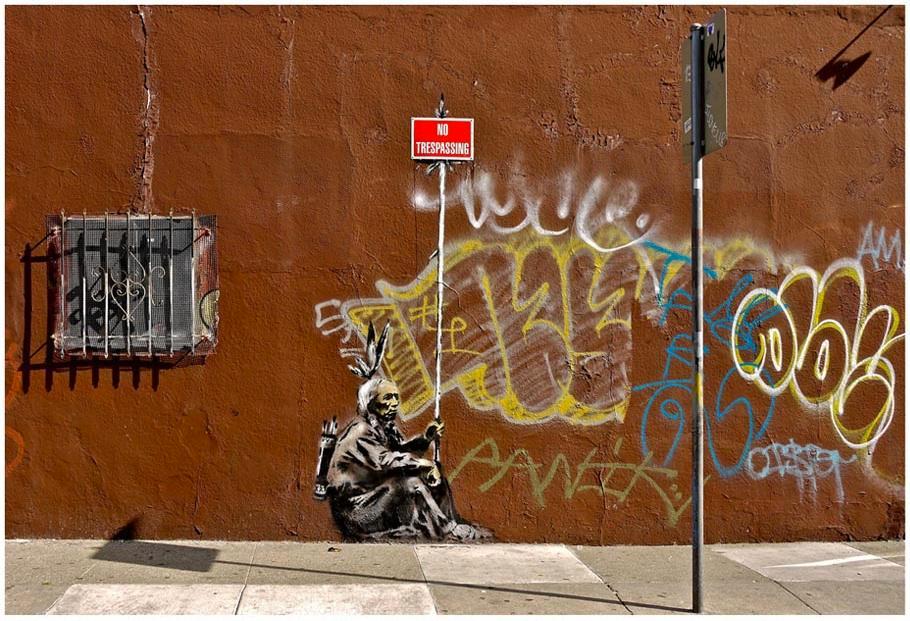Wovoka:
###

Wovoka — Paiute spiritual leader and creator of the Ghost Dance
SUPPORTED BY HEROES LIKE YOU
Support independent eco journalism that drives real change."You ask me to plow the ground. Shall I take a knife and tear my mother's bosom? Then when I die she will not take me to her bosom to rest.
You ask me to dig for stones! Shall I dig under her skin for bones? Then when I die I cannot enter her body to be born again.
You ask me to cut grass and make hay and sell it and be rich like white men, but how dare I cut my mother's hair?"
From Wikipedia :
The Ghost Dance (Caddo: Nanissáanah, also called the Ghost Dance of 1890) was a new religious movement which was incorporated into numerous Native American belief systems. The traditional ritual used in the Ghost Dance, the circle dance, has been used by many Native Americans since prehistoric times. In accordance with the prophet Jack Wilson (Wovoka)'s teachings, it was first practiced for the Ghost Dance among the Nevada Paiute in 1889. The practice swept throughout much of the Western United States, quickly reaching areas of California and Oklahoma. As the Ghost Dance spread from its original source, Native American tribes synthesized selective aspects of the ritual with their own beliefs. This process often created change in both the society that integrated it, and in the ritual itself. The chief figure in the movement was the prophet of peace, Jack Wilson, known as Wovoka among the Paiute. He prophesied a peaceful end to white expansion while preaching goals of clean living, an honest life, and cross-cultural cooperation by Native Americans. Practice of the Ghost Dance movement was believed to have contributed to Lakota resistance. In the Wounded Knee Massacre in 1890, U.S. Army forces killed at least 153 Lakota Sioux. The Sioux variation on the Ghost Dance tended towards millenarianism, an innovation that distinguished the Sioux interpretation from Jack Wilson's original teachings. The Caddo Nation still practices the Ghost Dance today.
The Ghost Dancers by Harry Pattison (hpattison.com)  



